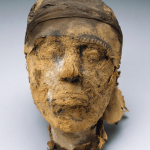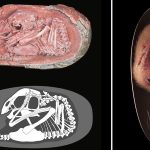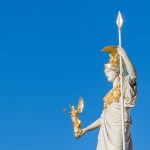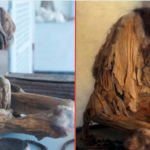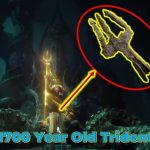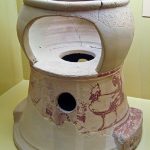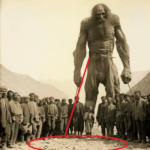Circa 500–450 BCE, Cyzicus Electrum Stater with Gorgon Head, British Museum Collection

The “Electrum Stater from the Greek polis of Cyzicus,” adorned with the head of a Gorgon, stands as a captivating relic of ancient Greek numismatics. Crafted by an unknown artist around 500-450 BCE, this coin offers a fascinating glimpse into the economic, artistic, and mythological aspects of the ancient world. Now safeguarded within the esteemed collection of the British Museum, it continues to intrigue and inspire viewers with its rich symbolism and historical significance.
Cyzicus, an ancient Greek polis located on the southern coast of the Sea of Marmara, was renowned for its strategic position as a trading hub between Europe and Asia. As such, it flourished economically and culturally, boasting a vibrant community of artisans, merchants, and scholars. The production of coinage was an essential aspect of Cyzicus’ economic activity, facilitating trade and commerce with other Greek city-states and beyond.
The electrum stater, a type of coin made from a naturally occurring alloy of gold and silver, was the standard currency used in Cyzicus during this period. The use of electrum allowed for flexibility in minting coins with varying compositions of gold and silver, depending on the prevailing economic conditions. This particular stater, bearing the image of a Gorgon, exemplifies the intricate artistry and symbolic imagery often found on ancient Greek coinage.
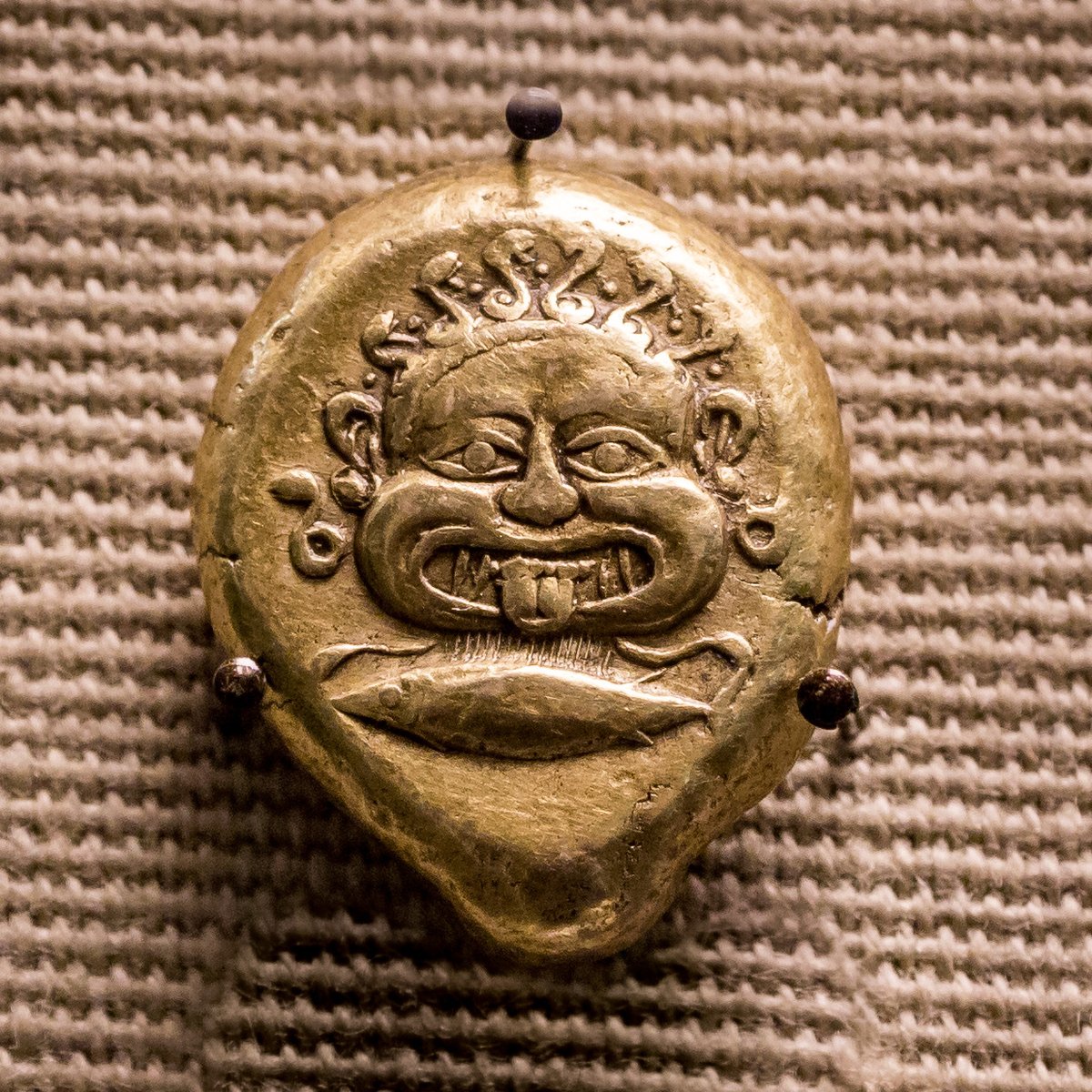
The Gorgon, a fearsome creature from Greek mythology, was commonly depicted as a monstrous being with snakes for hair and a face so hideous that it turned anyone who gazed upon it to stone. In this context, the image of the Gorgon on the Cyzicus stater likely served a dual purpose. On one hand, it functioned as a protective symbol, warding off evil and safeguarding the wealth of the coin’s owner. On the other hand, it carried associations with power and authority, evoking the mythological prowess of figures such as Perseus, who famously defeated the Gorgon Medusa.
The artistic execution of the Gorgon’s head on the coin is striking. Despite the small size of the stater, the artist has skillfully rendered the intricate details of the Gorgon’s features, from the writhing snakes to the menacing expression. The use of electrum allowed for subtle variations in color and tone, enhancing the visual impact of the design and adding depth to the overall composition. Such attention to detail speaks to the mastery of ancient Greek craftsmen and their ability to create miniature works of art that transcended their utilitarian function.
The significance of the Cyzicus stater extends beyond its artistic and economic value. As a tangible artifact from the ancient world, it offers valuable insights into the beliefs, values, and cultural practices of Greek society during the Archaic and Classical periods. The widespread circulation of coins bearing mythological imagery speaks to the enduring influence of mythology in everyday life, as well as the role of storytelling and symbolism in shaping collective identity.

The journey of the Cyzicus stater from ancient Greece to the British Museum is a testament to the interconnectedness of civilizations and the enduring legacy of human creativity. Acquired by the museum through various means, including archaeological excavations and private collections, the coin now serves as a tangible link to the past, connecting modern audiences with the rich tapestry of Greek history and culture.
Today, the Cyzicus stater is not merely a relic of antiquity but a living artifact, continuing to spark curiosity and inquiry among scholars, students, and enthusiasts alike. Its presence in the British Museum ensures that it will remain accessible to future generations, serving as a reminder of the enduring legacy of ancient Greece and the timeless allure of its art and mythology.
In conclusion, the “Electrum Stater from the Greek polis of Cyzicus, bearing the head of a Gorgon,” is a remarkable testament to the ingenuity, creativity, and cultural richness of the ancient Greek world. As an emblem of economic prosperity, artistic achievement, and mythological symbolism, it continues to captivate and inspire, inviting us to explore the complexities of the past and discover new connections to our shared human heritage.
